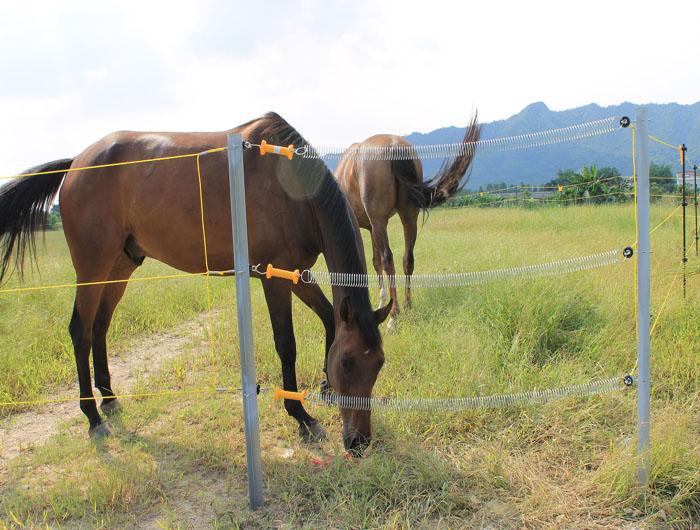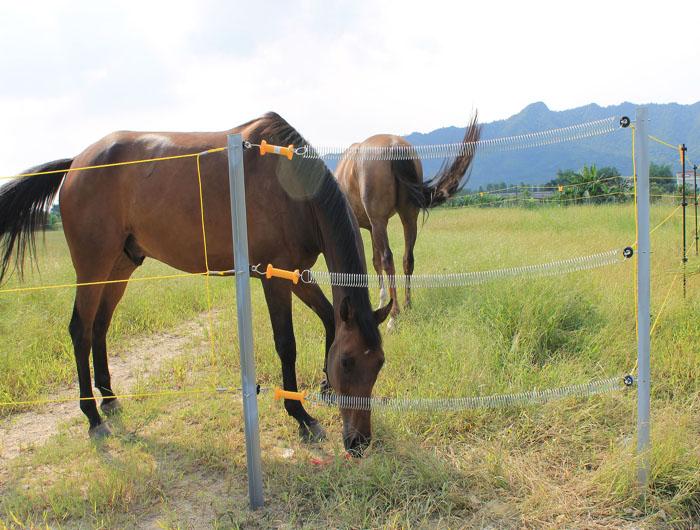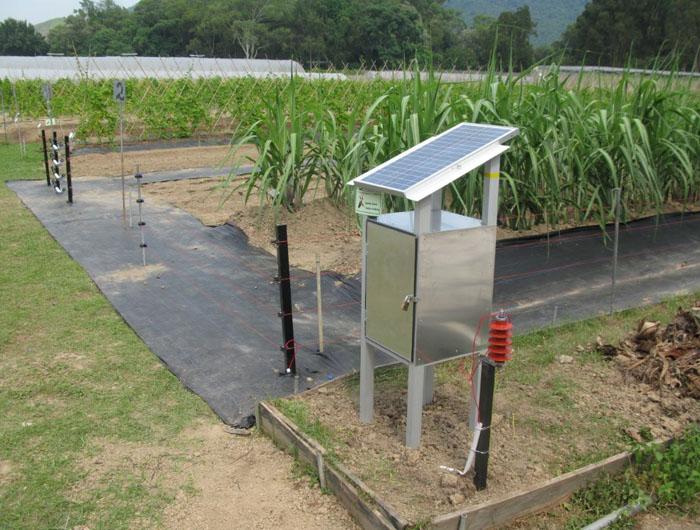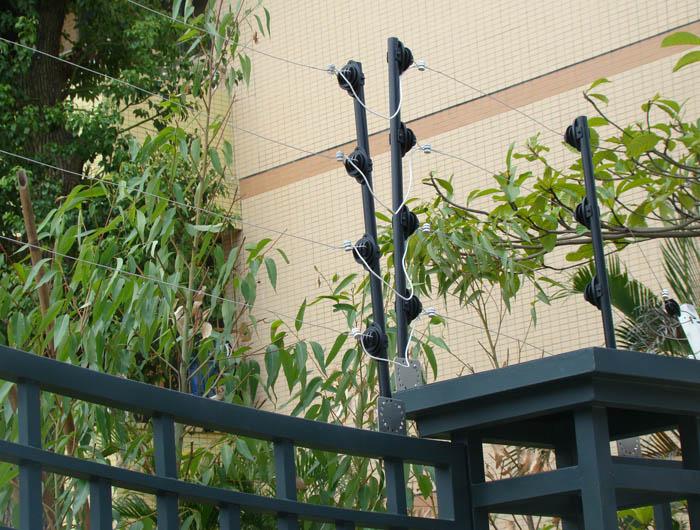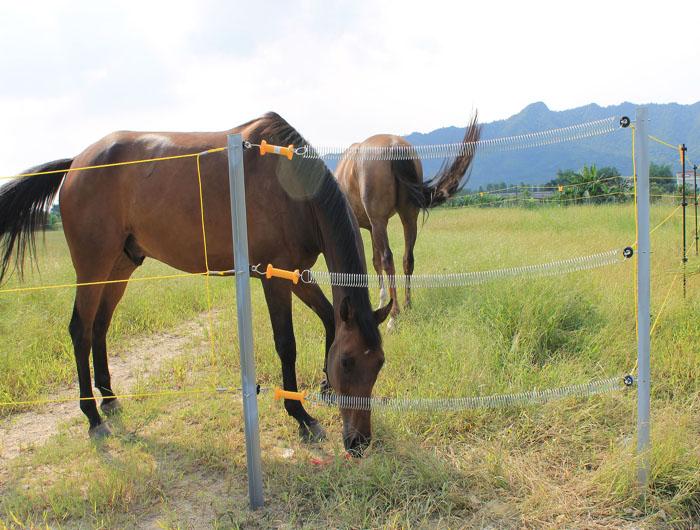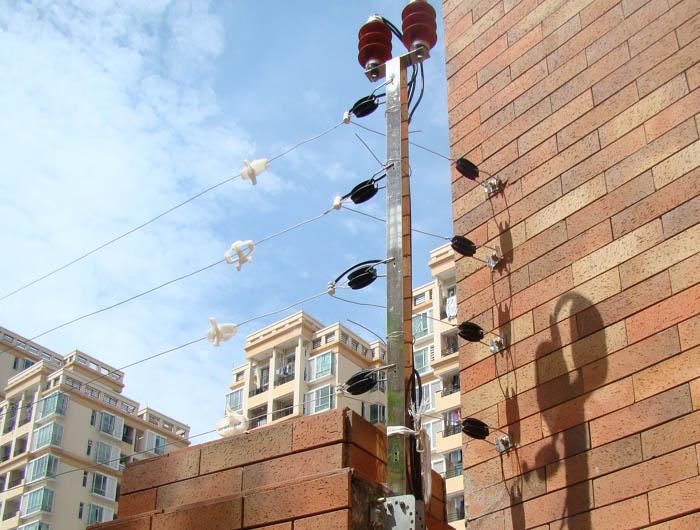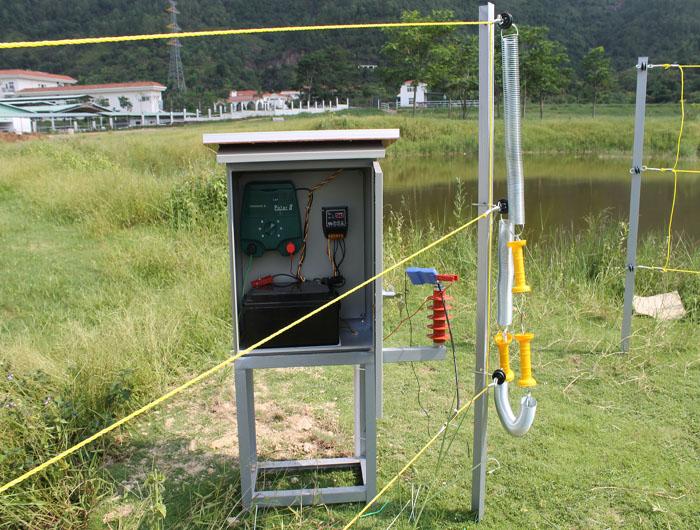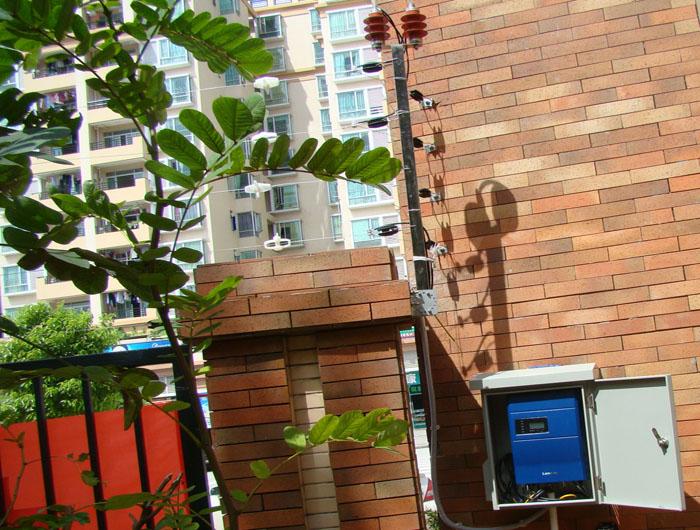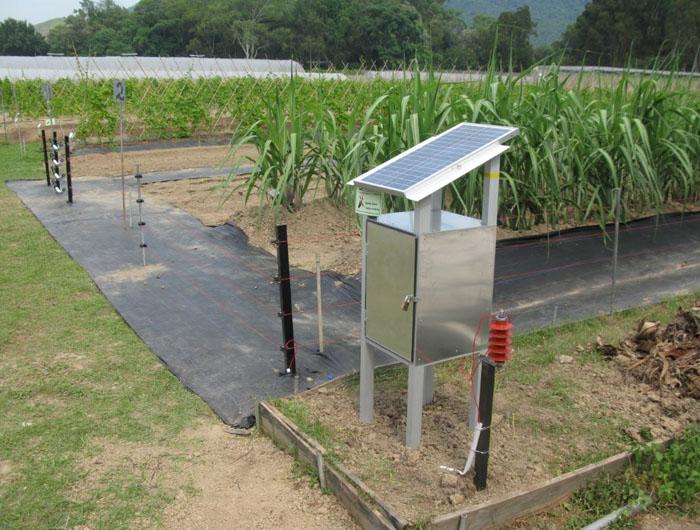Basics of Electric Fencing:
Electric fencing is ideal for grazing or pasture management by containing animals on a selected area of pasture or crop. It also may be used to protect gardens and landscapes from animal damage.
Permanent electric fencing is economical, easy to install and easy to maintain. Temporary electric fencing is an effective temporary barrier for short-term animal control and rotational grazing.
Electric Fencing is…
Safe: Animals remember the short, sharp but safe shock and develop respect for the fence.
Easy to install: An electric fence takes less than half the time to build compared to traditional fence systems.
Durable: A non-electrified fence experiences constant wear and tear under stock pressure. Because your animals learn to avoid an electrified fence, your fence will last longer and remain in good condition.
Economical: Electric fences cost less than 50% of traditional non-electric fences.
Good fences make good neighbors, especially when those fences keep your prized Hereford bull from paying a visit to your neighbor’s registered Jersey cows. But farm fencing isn’t only about controlling the perimeter. Here on our rural homestead, I see a landscape of diverse animals and terrain. I sometimes feel overwhelmed with the thought of having to keep it all organized, safe and healthy. There are hardly any tasks as daunting or as essential to the vitality of a farm, be it just a few horses or an intense multi-animal operation, as having a trustworthy fencing system.
One might argue that it is possible to physically contain animals within a fence, but the fact of the matter is that physical barriers are difficult and expensive to create. And even the best wire fences only provide physical containment for a while … usually long enough to become a psychological barrier. An animal thwarted by a wire fence will eventually quit testing the fence … until the grass looks so green on the other side that the pressure builds to the point of fence failure. Without a memorable psychological reminder that messing with the fence is unpleasant, virtually any farm animal will test, push, root, rub and eventually break or find a way through, under or over the barrier.
Installing an electric fence can be intimidating for those new to the process. In reality, an electric fence is one of the most reliable, safe, least expensive methods of animal containment available.
There are many ways in which to design an electric containment system, but the core principles are relatively universal. First you need something that produces the electricity, somewhere for it to go (conductor) and finally, a way for it to return (ground).
“there is no such thing as darkness; only a failure to see.”
— muggeridge

